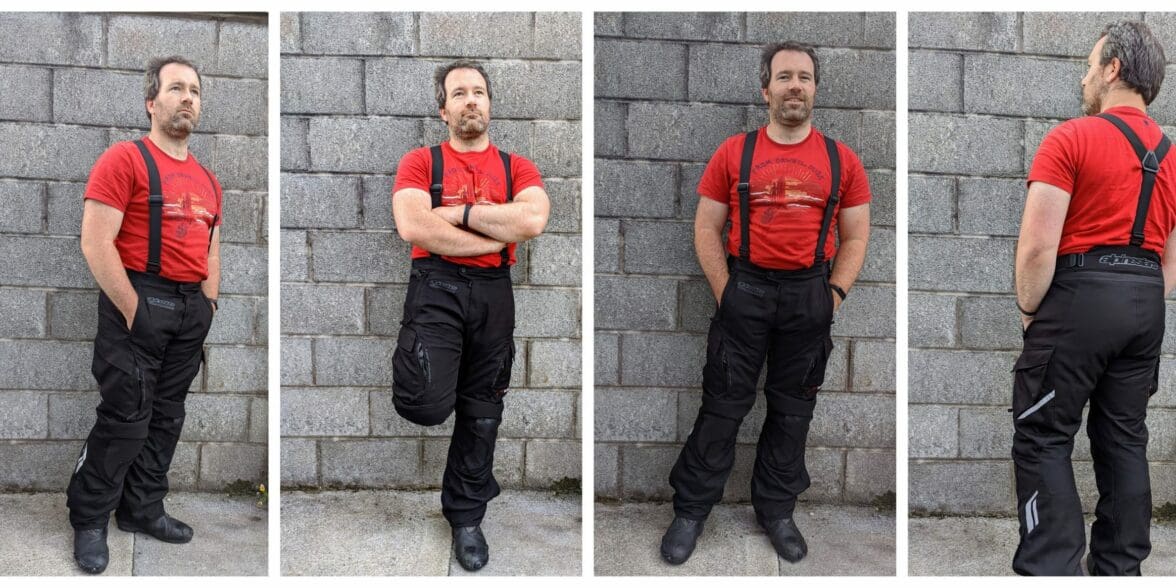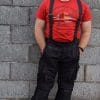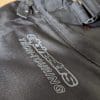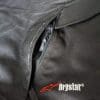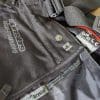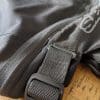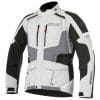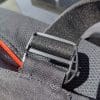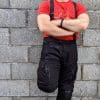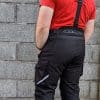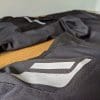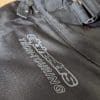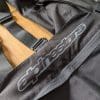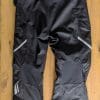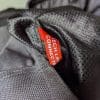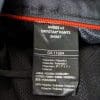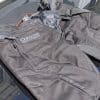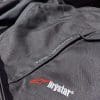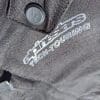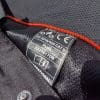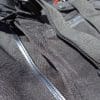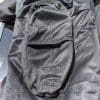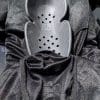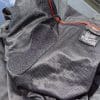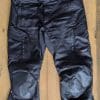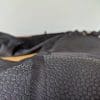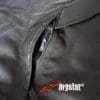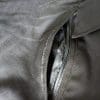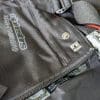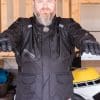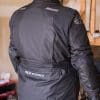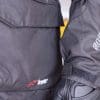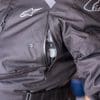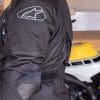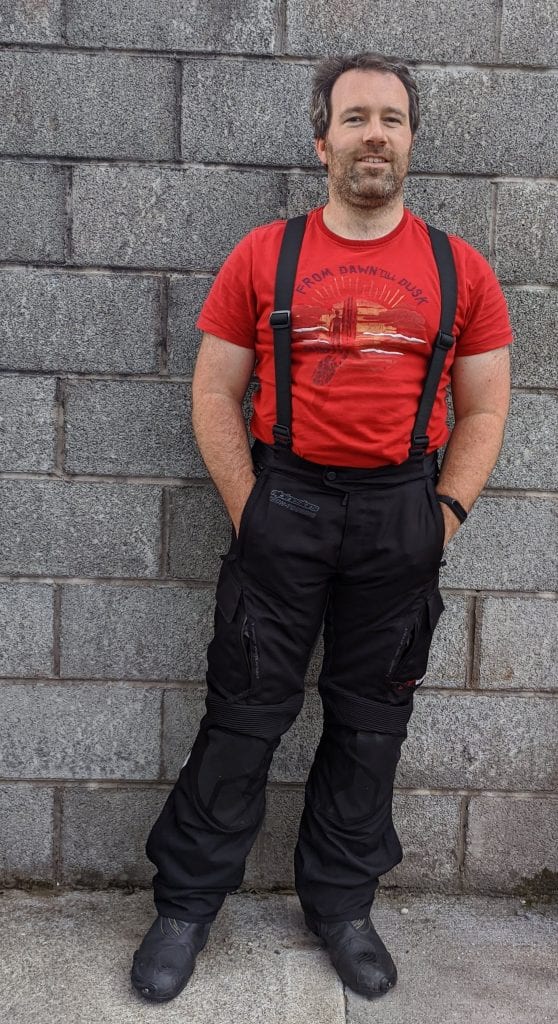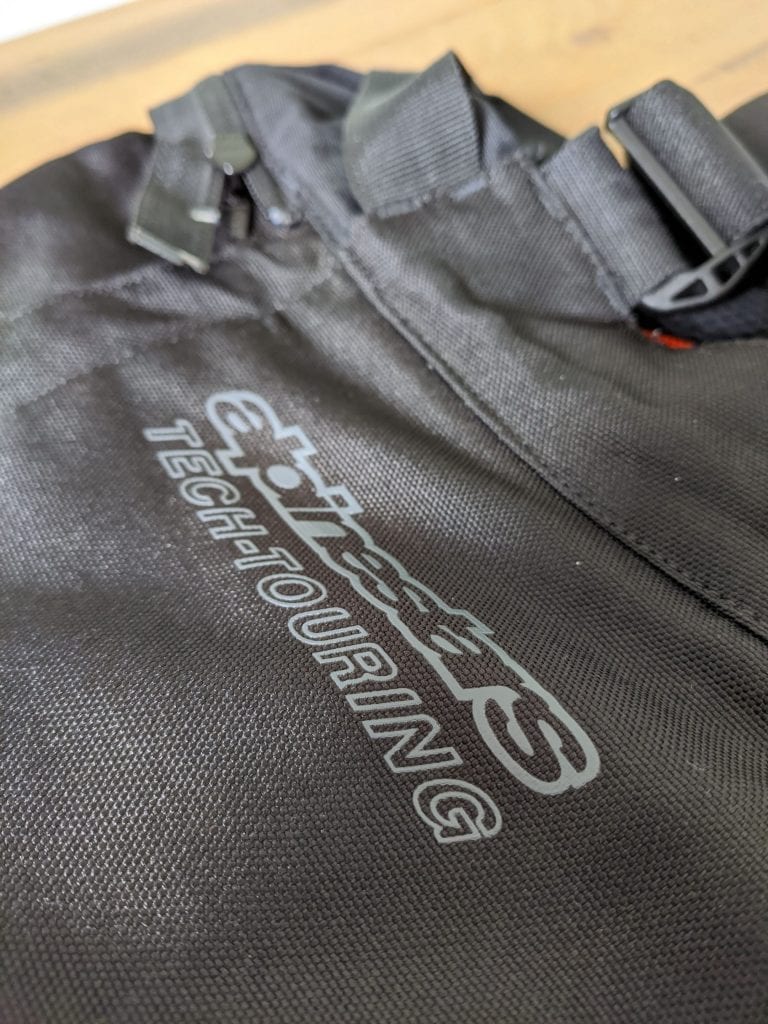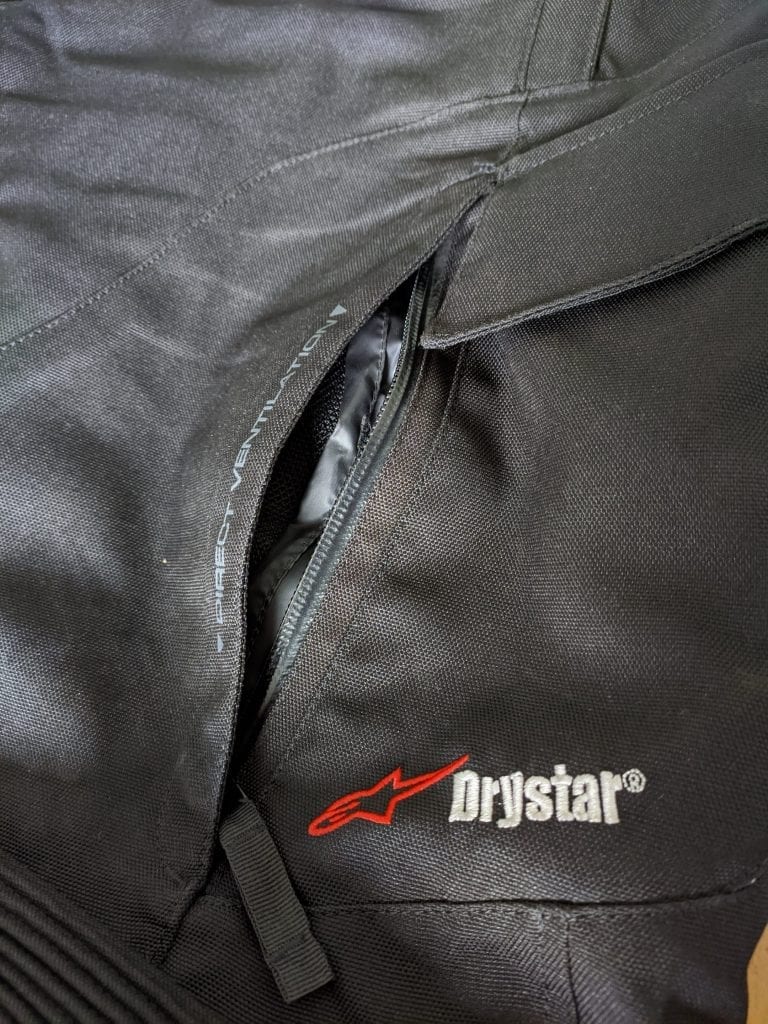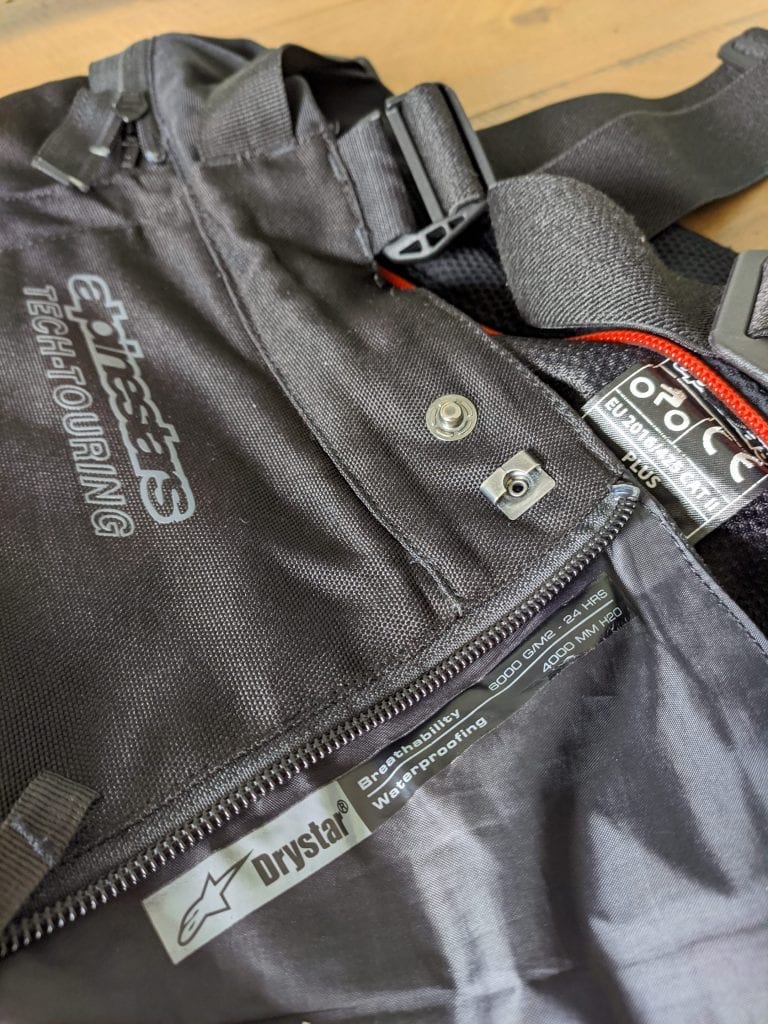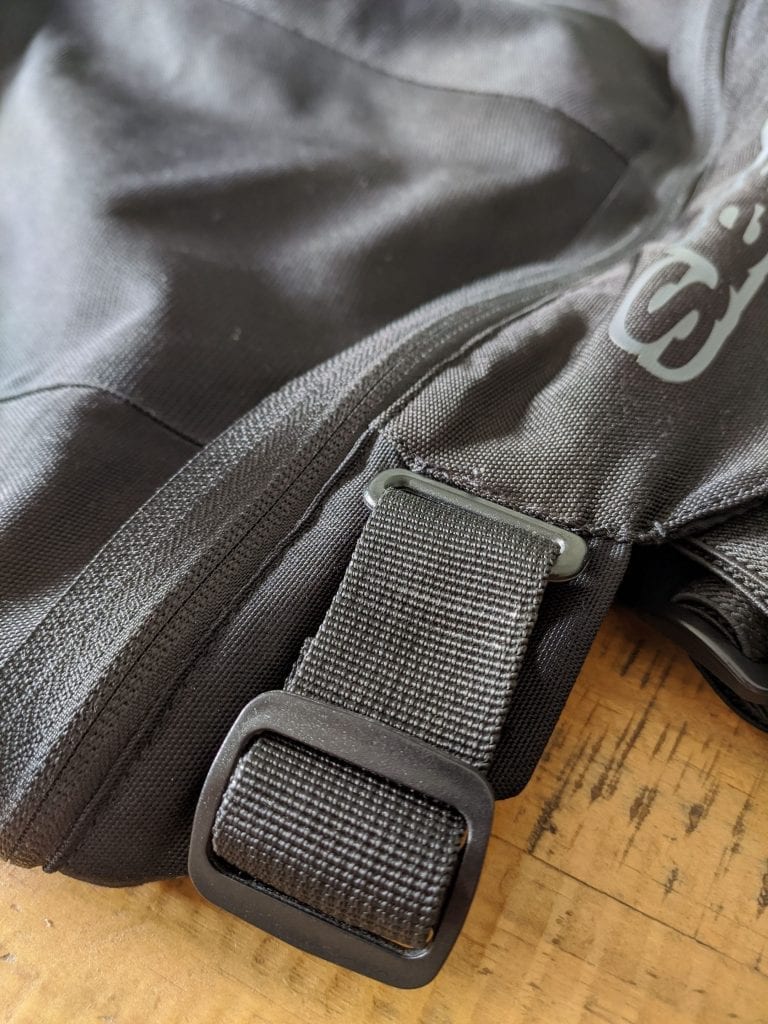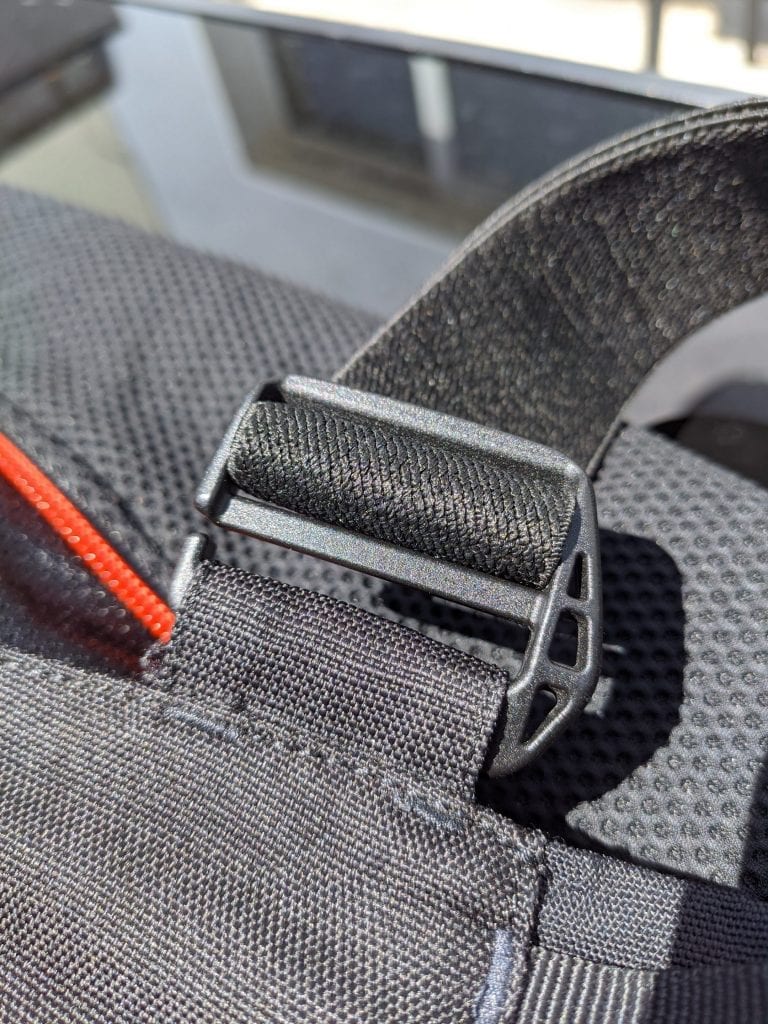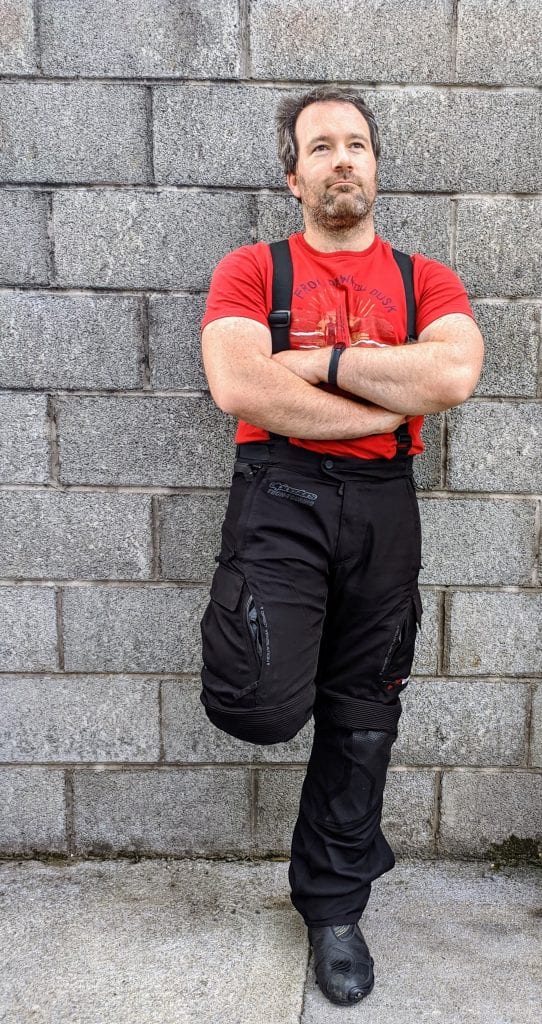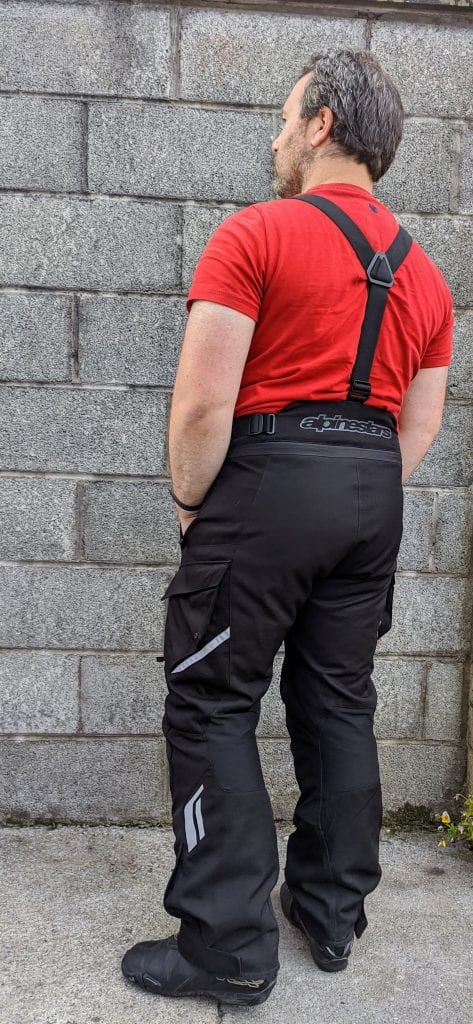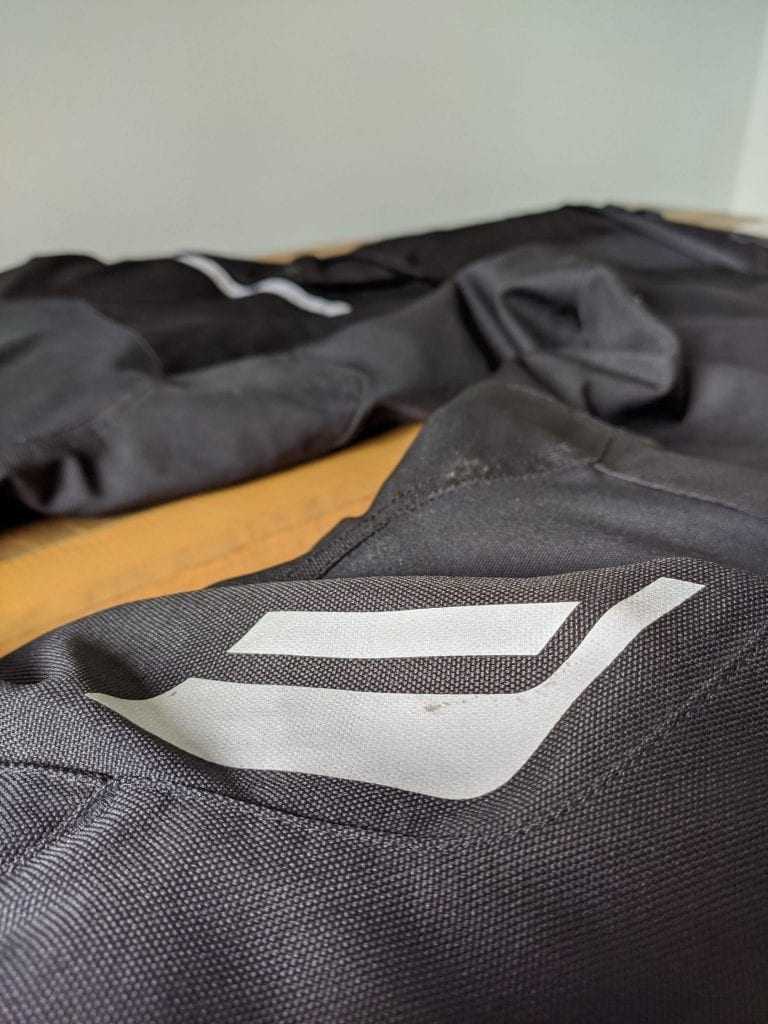There’s a turn of phrase in Ireland which is used as a withering put-down for people who are struggling to disguise the fact that their feet are not attached to terra-firma. I’m pretty sure I could apply it to my Alpinestars Andes II trousers. As someone who used to slip on waterproof overtrousers above my jeans, it wouldn’t surprise me to hear someone say, “it was far from Alpinestars you were raised”. They’d be right too.
When I donned my waterproof overtrousers and hopped on my little Honda 125 over a decade ago, the Alpinestars brand seemed a world away from me in terms of price and feasibility. However, name me a rider that doesn’t tire of that cold feeling between your legs as you realize your trousers are beginning to surrender to the onslaught of rain.
When you’re using the trousers on an almost-daily basis you want them to work, and when it comes time to replace them you’ll likely have a list of requirements.
My list included decent waterproofing, a comfortable fit over jeans for commuting, ease of adjustment, decent protection, and, maybe even a couple of cooling vents and pockets. The Alpinestars Andes II met all of these requirements on paper, but how did they fare over 12 months of use?
Premium Quality Design
Obviously, almost any motorbike-specific trousers are going to be a step up on old waterproof overalls. This being said, the Andes II trousers really do feel like a premium product, especially when compared against budget trousers or even high-quality offerings from the likes of Richa.
That premium-feeling starts with their design which is not just functional but classy too. There’s no gaudy logos or misplaced colours here. Instead, Alpinestars have used a dark grey print to spell out the model name and the position of the vents. Just under the waist, you’ll see “Alpinestars Tech Touring” printed in that dark grey style. Next to the vents, the same colour print indicates “Direct Ventilation”, showing the hidden vents. Blink and you’ll miss them.
It’s the same with the cargo-style pockets, they’re subtle and easy to miss but located just where you’ll need them if fishing for your wallet while sitting on your bike. Over the left knee, you have a neatly embroidered red Alpinestars logo along with “Drystar”, the name of Alpinestars’ proprietary waterproof membrane, to show what’s going to be keeping you dry, and a couple of shaped reflective panels on the sides of the knees. Nearer the foot the trousers flare outwards, but not by a massive amount, to make it easier to put on your bike boots.
There’s no zip running up the leg here, just excess fabric and a velcro strip to help you get the fit right. This might not suit you if you need a lot of room to maneuver boots on and off behind the trousers so bear this in mind if planning a purchase. That said, I had no real issues.
On the inside, you’ll find a nicely stitched thermal liner and a subtle red CE tag to show this has passed CE level A as official motorcycle PPE. The attachment tabs for the thermal liner are marked as “Tech Liner Connection”, which is probably overkill, but having them in red is a genius move to aid you in finding them. The thermal liner does its job well, keeping me warm in most conditions and doesn’t have any exposed stitching which can irritate on a long ride.
Even that bit of fabric behind the zipper is made to seem premium with the dark grey print being used again to show the discerning rider the specification of the Drystar liner. It’s a strange place for such information, imagine if the trousers didn’t prove waterproof and you saw this Drystar spec every time you zipped up. You’d think our Italian friends were playing a very drawn-out joke.
Fit & Comfort
The trousers close in the middle using a good quality zipper, a hook fastener, and a button (which has the Alpinestars logo pressed on it, cool). The inclusion of a hook fastener is always a good thing because these things never fail, whereas buttons alone can never hope to keep the trousers closed, especially if you’ve put on a few pandemic-pounds during the recent lockdown.
Speaking of pulling things in, there are two straps at the sides which you can pull to tighten the waist. These use a slide adjuster, like a backpack strap, rather than velcro so it won’t snag your T-shirt or rub uncomfortably against you as poorly-placed velcro might. It’s a good design choice but don’t go playing tug of war with them – I managed to rip one from the trouser completely when using them as handles to pull the trousers up my leg (granted, the trouser was stuck beneath my foot). I had mine fixed at a tailor and, really, once you set these you tend to forget them, and besides why mess around with these when you’ve got braces!
That’s right, Alpinestars included braces on the Andes II. They’re wide enough that you’ll barely feel them around your shoulders and elasticated enough to ensure a bit of expansion when walking or moving about. I find these to be especially useful when wearing a pair of jeans underneath the trousers. Rather than squeezing the life out of our midriff with two sets of trousers, you can let the Andes II ride a little loose and still keep them up with the braces.
However, if you don’t fancy straps hanging over your shoulders you’ll be glad to know the braces are removable. Indeed, without some tension on them, they tend to remove themselves and swing about. It’s one of the few things which annoy me about these trousers – when you’re in a rush to leave, you’ll always find one of the braces has slipped out of its fabric hook on the trouser and is dangling on the floor. Slipping it back through the fabric is easy but doing it for the 200th time isn’t fun.
The braces are only barely noticeable on your shoulders when you’re on the bike and the same could be said of these trousers in general. This being said, it’d be worth your while buying a size up on your usual size if you plan on wearing a pair of jeans or work trousers underneath because, even with the thermal liner removed, you might find these to be pretty tight in your normal size.
Many reviews of Alpinestars kit seem to point out that the Italian brand suits those who are slightly taller and slightly skinnier than average. However, Alpinestars do sell these in a short leg version, which I bought as I’m a little vertically challenged. Despite bunching slightly at the ankles when I walk around they fit perfectly when on the bike, the knee armour shifting upwards slightly with the slack being taken out of the legs as you sit into position.
The design also brings the cargo-style knee pockets further towards you as well. These are genuinely useful pockets with a velcro flap rather than a zipper and this is another great design choice. Let’s say you keep a toll card or your wallet in there. Who wants to go fiddling with a zip to get access to this stuff at a toll booth? The one unfortunate thing is that these pockets are not waterproof, the fabric actually lying above the Drystar membrane so if you need to keep something dry, hide it in one of the hip pockets which feature fancy waterproof zips.
These waterproof zips, which have tags to make them easy to open with gloves, are also used for the vents which direct air towards your thighs and work pretty well, even on fully-faired bikes. Beware of the excess fabric behind the zip though as it can get caught in the runners.
Rain & Road Protection
The Drystar membrane used here is the same as the one in the Apex gloves I have reviewed previously and displays many of the same characteristics. This is the Alpinestars version of Goretex and the last winter has given this membrane as good a test as it is likely to get!
Riding through a lot of rain, the Drystar membrane has managed to keep me dry all of the time even though, on occasion, I feel as if the trousers are beginning to surrender to the rain. It’s an odd feeling where the membrane becomes very cold and you can almost feel wet patches developing but, when you stop and remove the trousers, you can’t spot any. This might be disconcerting for some people who are used to membranes which either lie on the outside of the shell or are used to warmer trousers. However, bear in mind that this was tested in Ireland where the climate is often wet and humid or wet and cold.
Humid climates are the kryptonite for designers of waterproof and breathable membranes because they rely on body heat pushing moist air out through the membrane to the colder air outside, while preventing water from outside from penetrating the membrane. Maintaining breathability by pushing moisture out is made terribly difficult when the air outside is already pretty sodden.
The Drystar membrane is particularly affected by this as it can feel damp when left in a warm room for a few hours after a cold and wet journey – the moisture on the outside of the membrane is effectively forced back in by the warm air. It’s a caveat worth bearing in mind but I have yet to arrive to the office with a wet backside. Whether you can deal with the tradeoff of the membrane feeling cold against you, is up to you.
Comfort and protection from the elements are vital passive safety factors in any piece of motorcycle kit and the Andes II passes those tests easily – the thermal liner does a good job at keeping a rider warm, the Drystar membrane will keep you dry, and the overall comfort of the trousers means there no annoying distractions when you need to focus.
Alongside all of this is a CE A rating which is about on-par for touring trousers. While this is on the lower end of the scale, leather will reach AA or AAA ratings, if a textile is thick enough to reach an AAA rating you’d struggle to move within it. The included knee armour is from the Alpinestars Bio-Armor range and is CE EN 1621‐1 rated (although Alpinestars don’t say whether that is to level 1 or 2).
The ability to slightly customise where the armour should sit using velcro within the knee armour pocket is a nice touch and is an overlooked safety element because armour really needs to fit in place if it’s to help you in a spill. There is one disappointing aspect though – Alpinestars doesn’t include hip armour with these trousers and neither does it include pockets for hip armour. Instead, there’s a large velcro patch shaped to fit Alpinestars own velcro-backed armour which you’ll need to purchase separately.
I haven’t tested this armour because it would almost certainly be pulled and dragged around by my jeans when lifting the trousers on and off at either end of my commute. Simple pockets, like on the original Andes, worked fine and I was able to fit my own armour into those.
Conclusion
Overall, Alpinestars have made a set of trousers which addresses the needs of most riders, most of the time.
It fits well, so long as you think of going a size up. It’s waterproof, so long as you can tolerate the strange feeling of the Drystar membrane in the rain. It vents well, so long as you remember to tuck away the excess membrane fabric. It’s protective, so long as you ensure to fit the proprietary hip armour.
As you can see, there are some caveats, but there are enough positives and nice features like the braces, cargo pockets and long connection zipper to attach to the Alpinestars Andes II jacket, to ensure that this jacket should be at the top of your list if shopping for do-it-all touring trousers.
Even if you don’t care about braces, CE levels or fancy print designs, the Andes II covers all of the basics you’ll ever need in a set of bike trousers and as such, I’m happy to recommend these to anyone.


